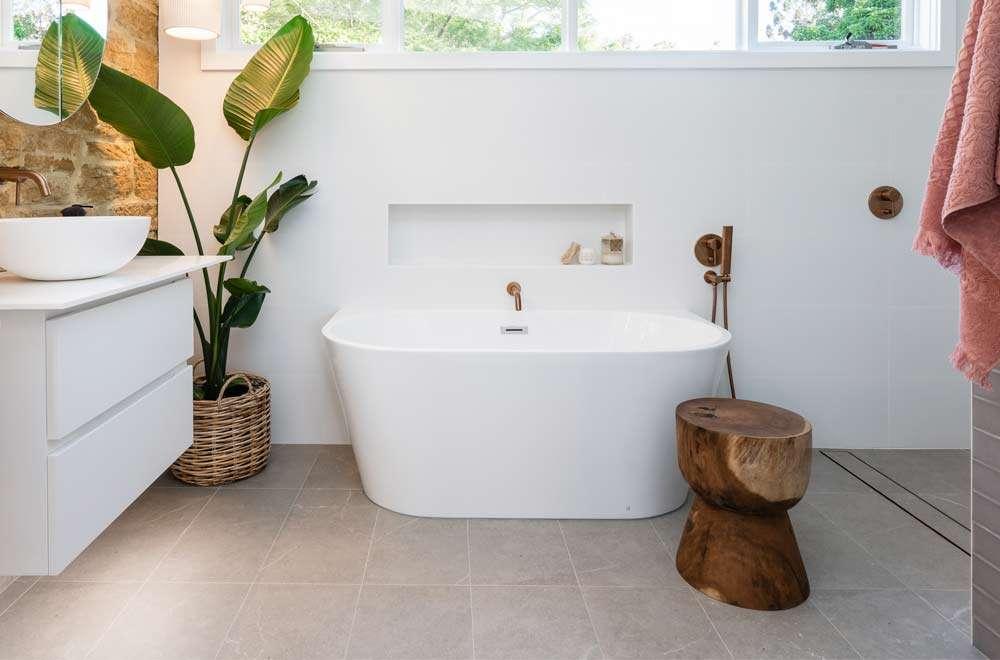The bathtub has always been a quintessential bathroom fitting, and many people consider it necessary. There's something different about spending time in the bath compared to taking just a quick shower. When we immerse ourselves in warm water (with the soothing scent of aromatherapy oils to boot!), it can be amazing. What more if your bath has hydrotherapy massage jets and you can get a much-needed massage at the same time? But before we get carried away, we also need to think about practical considerations when it comes to installing your bath. Different styles come with varying installation concerns, and to make sure you make the right choice, here's what you need to know about installing a new bath: a comparison between different styles.
The general info
The installation of your bath can be somewhat of a headache because of its shape and size. It's therefore imperative that you know which style offers the most effortless installation – and conversely, which style may be more of a challenge. As a general rule, drop-in baths and alcove baths are somewhat more manageable in installation than corner and freestanding baths. But this can vary depending on the weight of the tub and its material. If the material is heavy, it would be in your best interest to hire an experienced professional and seek help from a structural engineer if your flooring requires reinforcement.

· Freestanding baths
One of the most outstanding merits of a freestanding bath is that you can essentially install it anywhere as long as your bathroom has a working source of water and a drain. Another brilliant aspect of freestanding baths is that they are self-sufficient – which means they can stand without needing to be installed against a wall. Unlike other bathtub styles, you don't need to carve out a niche or ingress for the bath.
Even if a freestanding bath is easier to install than most, you still have to think about its size because it tends to be larger than other bathtub styles. It can also be quite heavy depending on its material, so it's often advisable to choose more lightweight materials like acrylic, which would not need reinforced flooring.
· Alcove or built-in baths
An alcove or built-in bath is suited for installation against the three walls of your bathroom, with one side finished. You will need to create an alcove or ingress for the bath, and afterwards, you can connect it to the existing plumbing. But these baths can also be large, although you can quite easily install them with help from one or two individuals.
· Drop-in baths
As their name implies, drop-in baths can be "dropped in" to their allotted space carved beforehand. They may not be the most stylish, but they are practical and affordable.
· Corner baths
One of the most challenging baths to install is the corner bath because it has more moving components compared to other styles. In addition, since corner baths are wider, they require a bigger area – and you would need extra help with their placement. You also have to think about additional settings for the water, and this may require the expertise of a professional who can sort it out for you.
